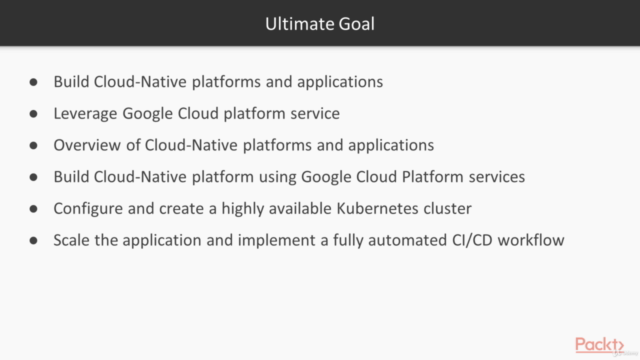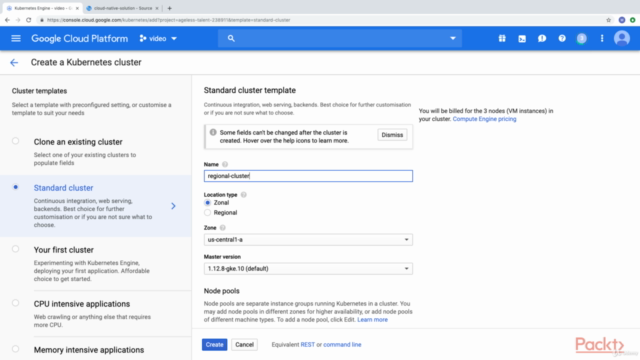The Complete Guide to Kubernetes (3-Course Bundle)
Grasp industry-proven standards and patterns for deploying apps to Kubernetes
3.42 (6 reviews)

116
students
4.5 hours
content
Dec 2020
last update
$39.99
regular price
What you will learn
Build a CI/CD solution to deploy cloud-native applications using Google Cloud services such as Cloud Build, Cloud Source Repositories, and more
Learn about the latest Google Cloud services and DevOps practices used to deploy modern applications in a cloud-native environment
Discover what Elasticsearch, Fluentd, and Kibana are (aka the EFK stack)
Create powerful visualizations for metrics stored Kibana
Select the correct resources in Kubernetes to serve your infrastructure goals
Best practices for working with Kubernetes
Screenshots




Related Topics
3705812
udemy ID
12/15/2020
course created date
12/18/2020
course indexed date
Bot
course submited by